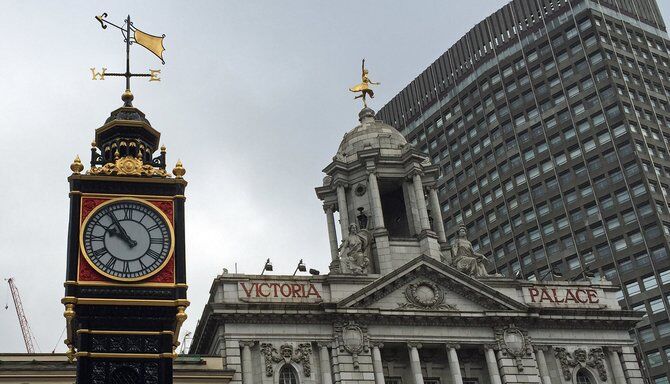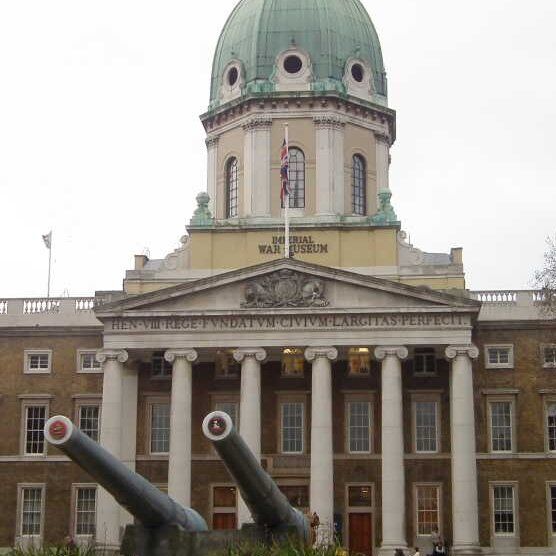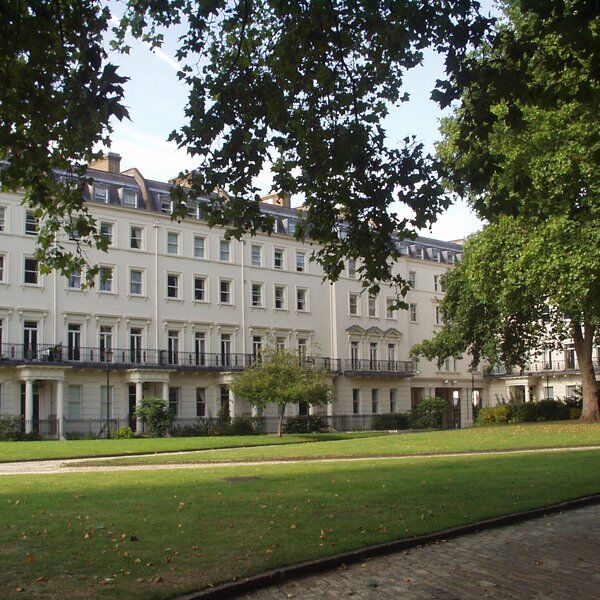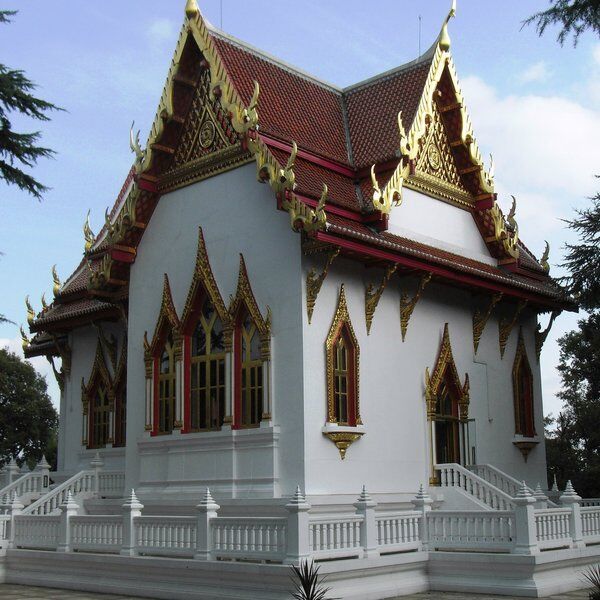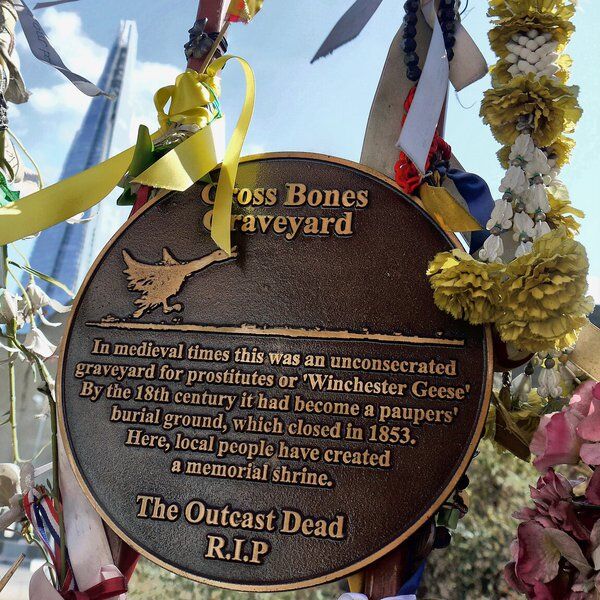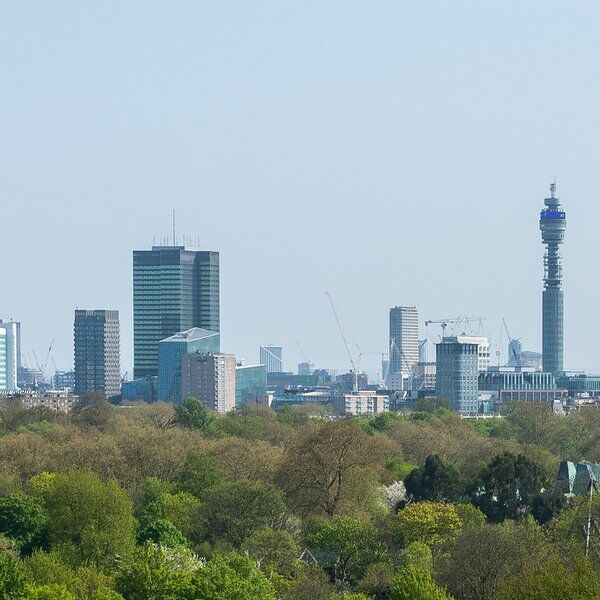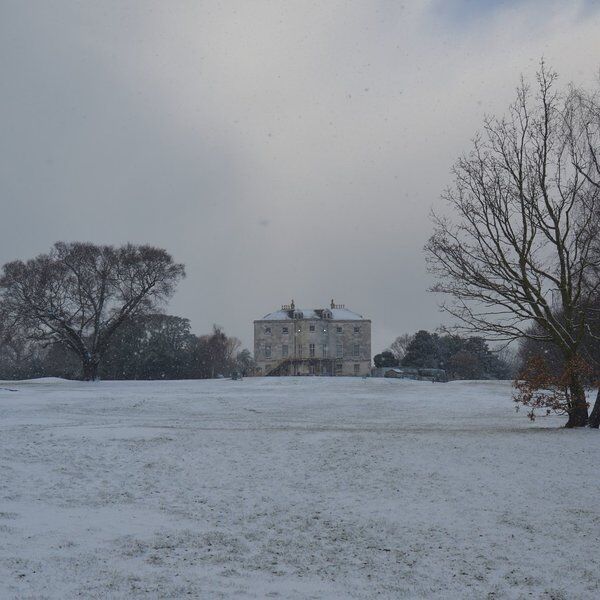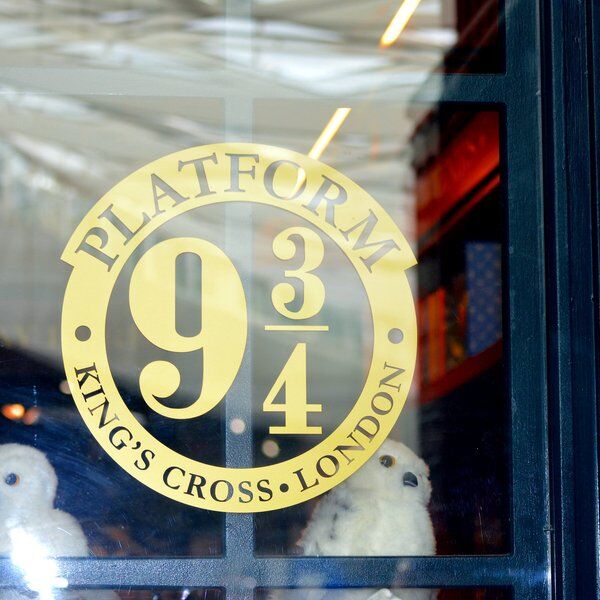Arguably, there’s no clock tower in the world quite as famous as London’s Big Ben, but how many people know about its miniature sibling, “Little Ben”?
Although it stands proudly outside of the always-busy Victoria Station, few people barely spare it a glance or wonder what it’s doing there.
However, on closer inspection, this strange miniature landmark conceals all sorts of secrets that makes it one of the most intriguing hidden gems in London.
Read on to find out more about what makes Little Ben tick (and if that’s even what we should be calling it)!
The History of Little Ben
The Little Ben clock tower first appeared on the streets of Westminster in 1892, built by the famous clockmakers Gillett & Johnston.
Unless you’re a real clock buff, the company’s name is unlikely to cause too much excitement at first, but actually, the Croydon-based clockmakers were world-famous in their day. In fact, you’ll still find clocks and bells created by them as far away as Sydney Town Hall in Australia and Old City Hall in Toronto, Canada.
The project was commissioned by the Vestry of St. George’s Hanover-Square, who wanted to provide both a decorative landmark and a functional timepiece for the growing hub around Victoria Station. Conveniently, Little Ben was at first placed beside an underground loo (also convenient, but in its own sense).
As for why it was needed, back in the late 19th century, the growth of the railways in Britain had led to a rise in timekeeping, a relatively new concept for the masses.
Little Ben was formally opened to the public on the 14th of March 1892 by Mr Maurice Piper who represented Gillett and Johnston. The Mayor and the Town Clerk of Croydon were also in attendance.
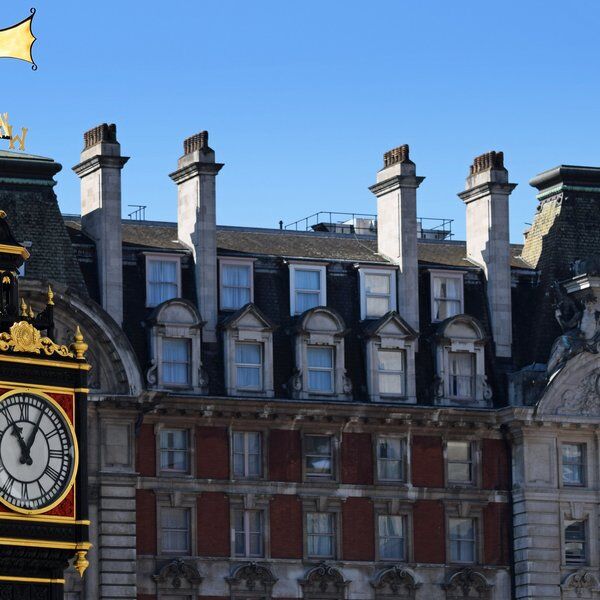
Contemporary newspaper articles from the time were keen to shout about Little Ben’s design features, as this snippet from The Daily London News tells us:
“Yesterday, at noon, a handsome clock tower…was erected…at the junction of Vauxhall Bridge Road and Victoria Street. The design, which is highly ornamental, has important novel features, including the reading of the time to a second and automatic gas apparatus.”
And that wasn’t all they had to say about it. The article continues:
“The extreme height of the tower is 26 feet. There are four dials, each two feet in diameter, made of copper figures and glazed with opal glass for illumination. The clock is driven by weights, has dials showing minutes, seconds and months, and will go for a week with one winding.”
Little Ben’s Victorian architecture reflected the design trends of the late 19th century, when cast-iron street furniture was as much about civic pride as practicality. Positioned on a busy junction, the clock quickly became part of the rhythm of London life.
An obituary from the Westminster & Pimlico News on Friday 2nd December in 1966 mentions a woman “who sold flowers under “Little Ben”, the clock tower formerly at the top of Vauxhall Bridge Road”.
It says “formerly” in the article because, by the 1960s, changing traffic patterns and roadworks around Victoria meant the clock tower was dismantled and placed into storage. For nearly two decades, Little Ben was missing from the streets, a quiet absence that marked the loss of a small piece of London history.
Fortunately, the story didn’t end there. In 1981, the restoration of Little Ben was completed, and the clock tower was reinstalled, a stone’s throw away from its original location.
The Design of Little Ben
Standing at just over 20 feet tall, Little Ben is a scaled-down tribute to the grandeur of Big Ben. But apart from the fact that they are both clock towers, the similarities end there.
Constructed entirely from cast iron, Little Ben is adorned with ornate Victorian detailing, including decorative panels and an elegant crown-like spire that makes it instantly recognisable on the busy streets outside Victoria Station.
The Cultural Significance of Little Ben
Although those-in-the-know affectionately refer to “Little Ben” when referencing the miniature clock tower outside of Victoria Station, it’s believed that it only received the nickname in the mid 20th century. Before then, it was known simply as “The Clocktower”.
It’s also worth mentioning that the restoration of Little Ben in the early 1980s was carried out by the French company, Elf Aquitaine, which explains why there is an attached plaque on the base with a rhyme referencing two countries:
“My hands you may retard or may advance, my heart beats true for England as for France.”
It seems Little Ben was originally intended to remain permanently on Daylight Saving Time. This would have meant that during the winter months, Little Ben would show the correct time for France, and in the summer months, it would align with the time in the United Kingdom.
In practice, however, this system was never sustained, if it was ever fully adopted at all. Today, Little Ben supposedly keeps time in line with all other clocks in Great Britain, showing GMT in winter and BST in summer (although, it has been known to show completely the wrong time. Not very helpful if you’re using it to match a train you’re hoping to catch!).
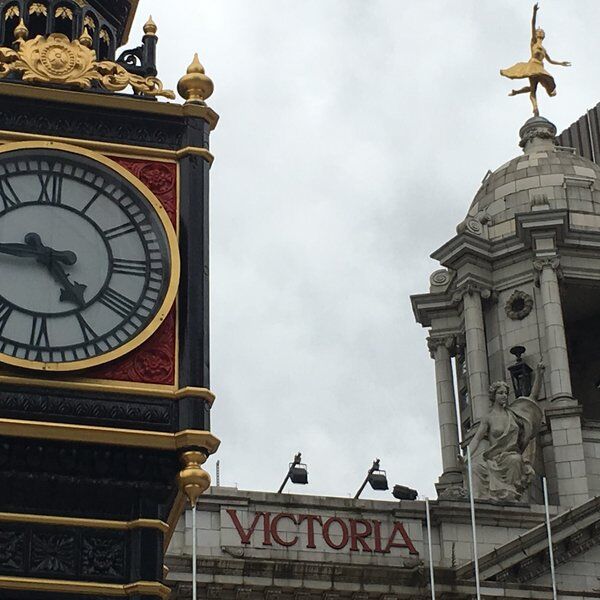
Visiting Little Ben Today
If you’re looking to find Little Ben, you’ll find it standing proudly at the junction of Vauxhall Bridge Road and Victoria Street, just steps away from the main entrance of Victoria Station.
You can’t really miss it if you happen to hop off the train or you walk towards the Apollo Victoria Theatre or head towards Westminster Cathedral, so if you have a few spare minutes, go and take a closer look!
Find More Things to Do in London with CityDays

Since you’re here trying to find London hidden gems, what if I told you that we’ve done all the hard work for you?
At CityDays, we create hand-crafted treasure hunts, outdoor escape rooms, walking tours and exploration games all over London, including Central London, Mayfair, Shoreditch, Kensington and Southwark.
All you have to do is team up with your partner, friends, family or whoever to solve riddles, complete challenges and answer trivia to lead you on an unforgettable journey around London’s most intriguing streets.
The best part? We’ll recommend top-rated pubs, cafés and restaurants and give your team the chance to earn rewards by competing on our leaderboard.
